The Clay Ball Print Controversy: Technological Challenges and the Fairness Dilemma in the Traditional Game
In recent years, controversial decisions on clay have been in the spotlight. From the 2025 Madrid Masters Zverev slapping evidence over a discrepancy between the e-line and the ball print, to the 2025 Stuttgart Arena Sabalenka's unsuccessful complaint against the ball print on her mobile phone, to the 2018 Ka Pliskova smashing the chair due to a misjudgment, the penalty controversy on clay courts has constantly challenged the patience of players and spectators. At the heart of these events is the paradox of whether Hawkeye should be introduced on clay. The deeper technical problems and cultural games complicate the answer to this question.
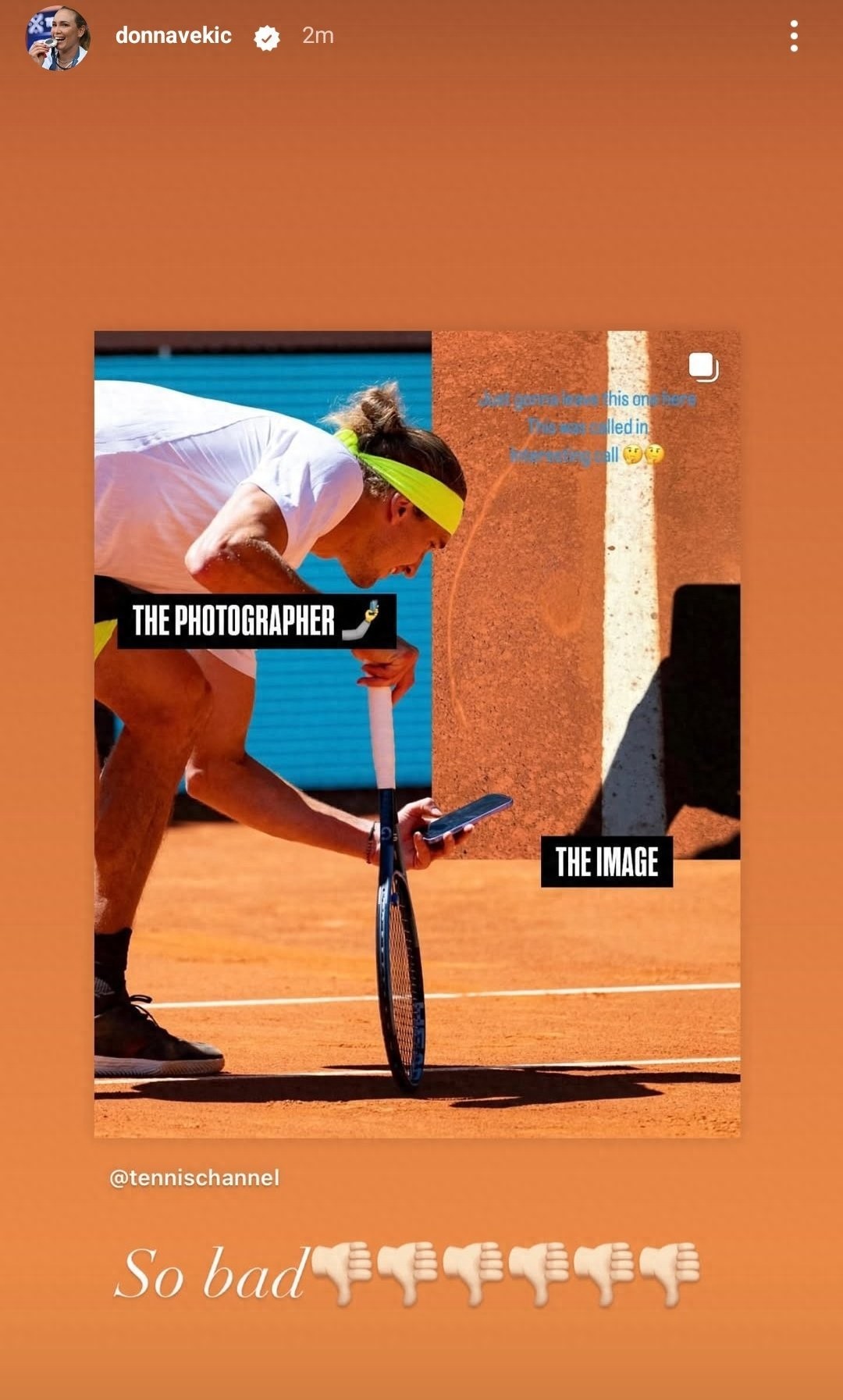
At the 2025 Madrid Masters, Zverev angrily used his mobile phone to shoot evidence because of the electronic line's decision that the opponent returned the ball to the line, but the actual ball mark was obviously out of bounds. However, according to the rules, the referee did not have the power to overturn the ruling of the electronic division, and in the end Zverev was not only warned, but also forced to accept this "tyranny of technology". Similar incidents have occurred many times in Madrid: in the first round of the women's singles, Bolt's serve was delayed by the electronic liner, resulting in the interruption of the match; In the Women's Doubles, Azarenka's first shot was misjudged and her opponent even took the initiative to correct the referee. These controversies have exposed the limitations of the electronic division line on the clay court.
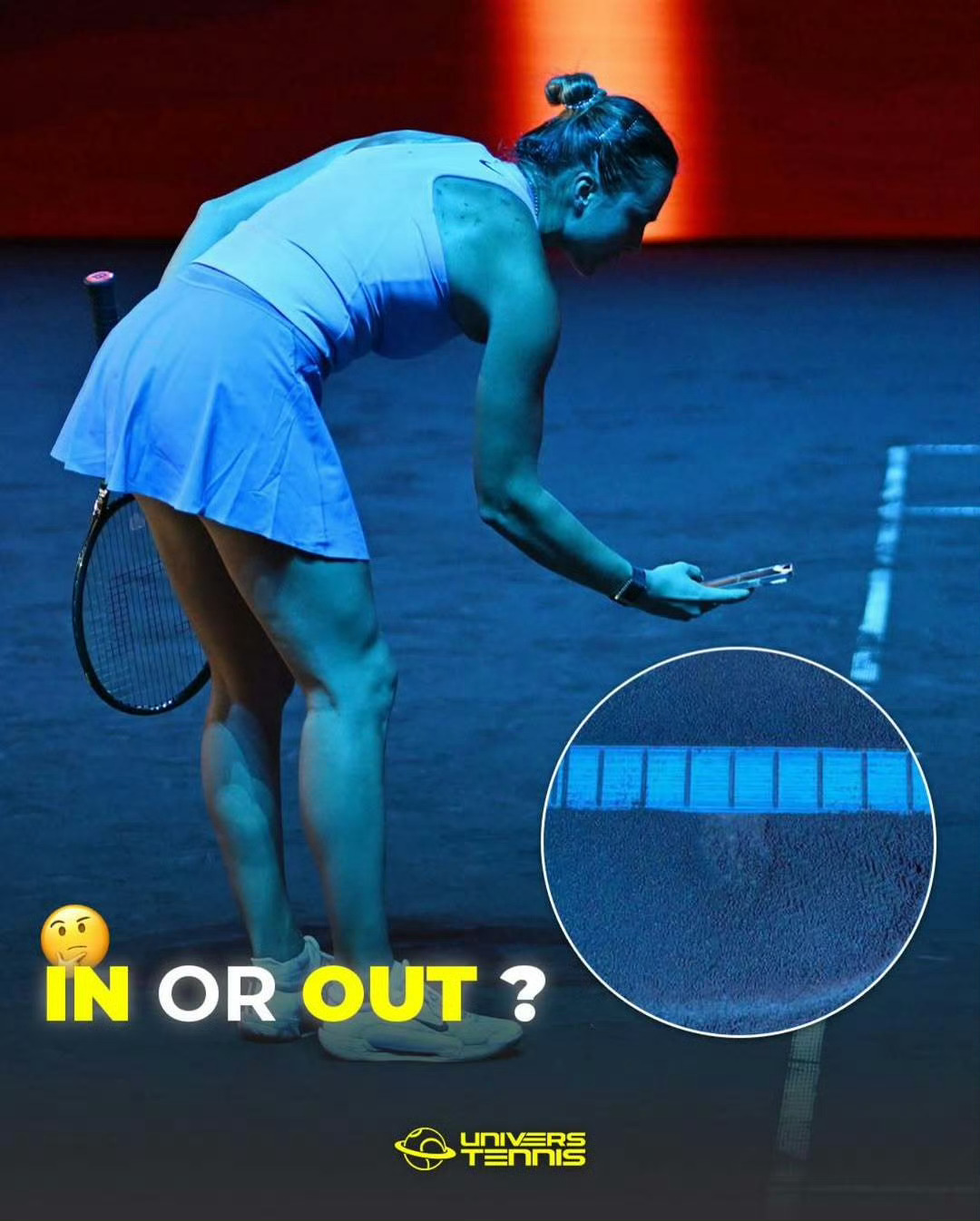
Earlier controversies were equally shocking: in Rome 2018, Karolina Pliskova's high-pressure ball was misjudged out of bounds, and the referee upheld the original decision on the grounds that "the ball mark could not be found", which directly led to her losing the game; At the Monte Carlo Masters in the same year, Goffin missed the chance to advance due to the referee's mistake in the ball. In these cases, the controversy was amplified by the human error of the referee and the lack of technical assistance.
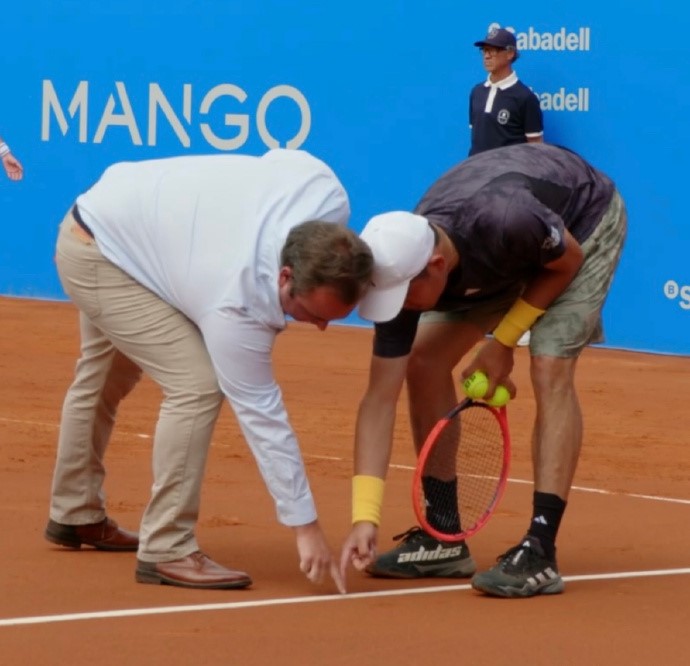
The formation mechanism of ball marks on laterite clay fields is complex: the initial imprint is formed by squeezing the soil when the ball hits the ground, and then the final imprint may be nearly 70% larger than the actual contact surface due to energy release and soil particle scattering. This dynamic process is affected by multiple factors such as temperature, humidity, and soil particle size, which makes it difficult for the Eagle Eye system to be accurately simulated by a fixed algorithm. For example, tests have shown that the error of laterite ball prints can reach 70 mm, while the error of Eagle Eye is only 2.2 mm, but if the existing technology is forcibly applied, there may be the embarrassment of "on-site ball prints hitting the face of Eagle Eye".
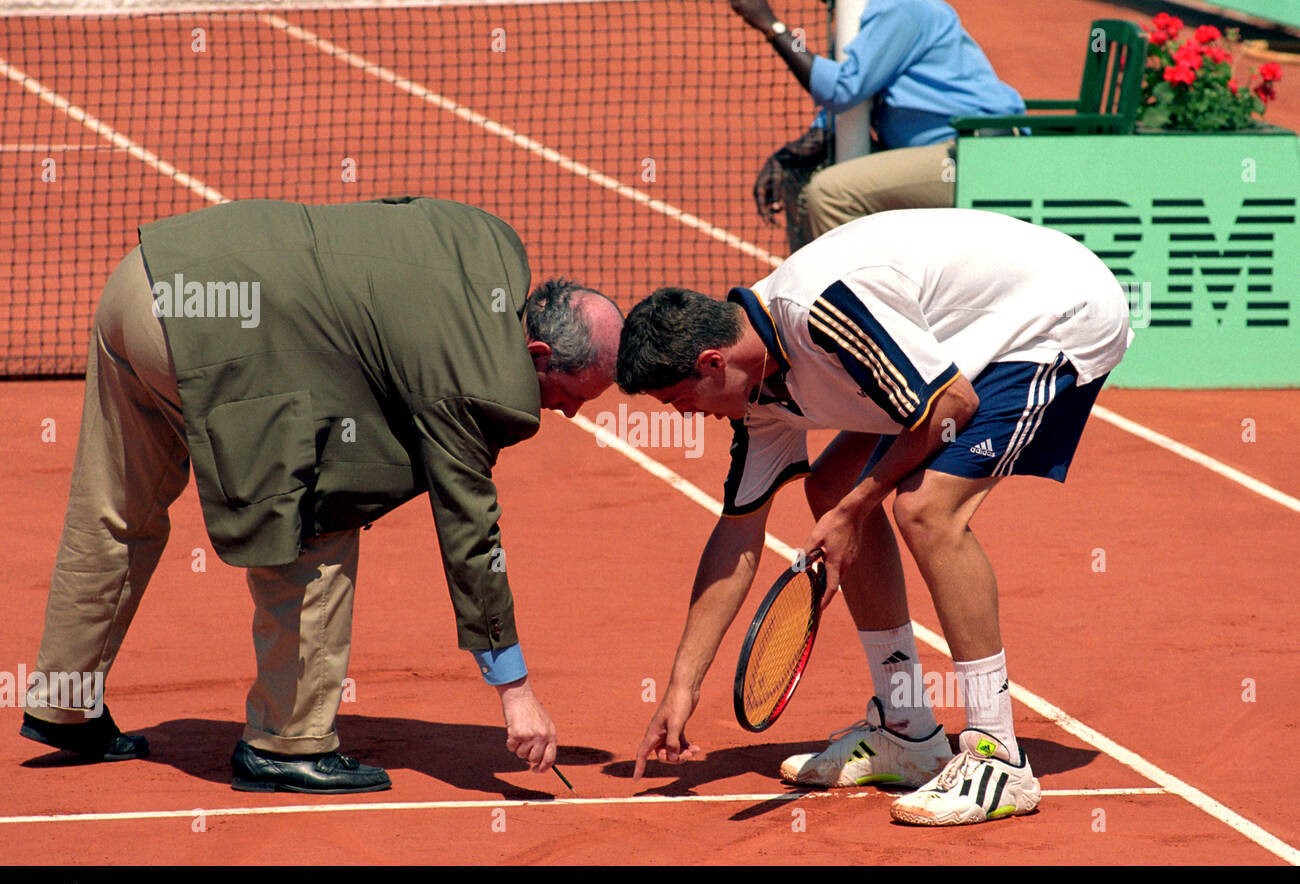
As a representative of clay events, the French Open explicitly refused to introduce the Hawkeye challenge mechanic. Moreton, president of the French Tennis Federation, once said: "Manual decisions are part of the clay culture, and France has a good team of referees. Behind this attitude are concerns about technical limitations and the maintenance of the tradition of the tournament – the process of referees coming off the court to check the ball prints has become a unique "ritual" of clay events.
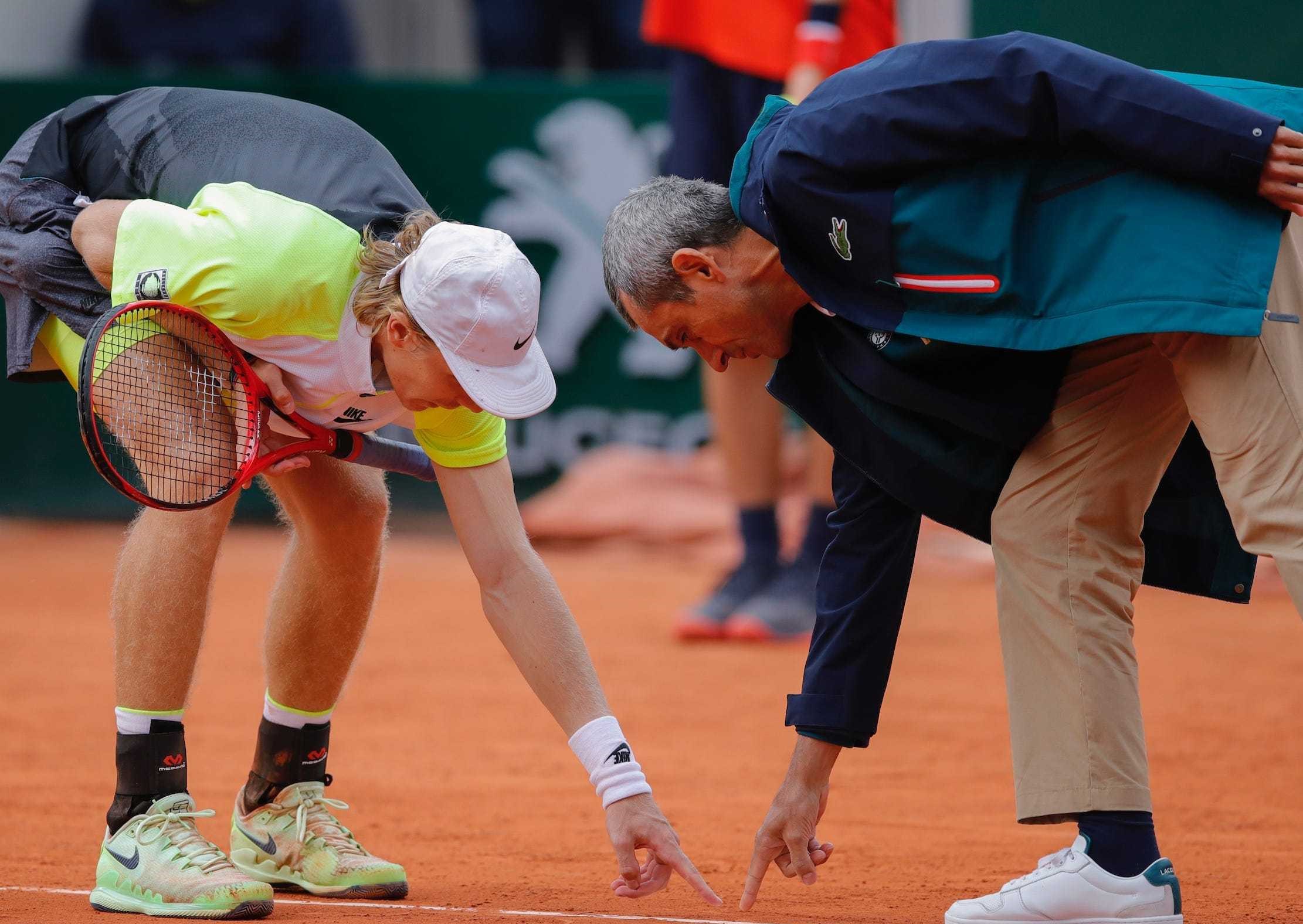
There are supporters of the use of Eagle Eye or Ball Seal. Proponents of using Hawkeye argue that this use of high-tech technology can reduce human misjudgment, with referees prone to errors with the naked eye on high-speed serves (e.g., 180+km/h), and Hawkeye as an "emotionless third party" to reduce controversy. Secondly, it can improve efficiency, referees frequently go down to the court to check the ball prints time-consuming and laborious, and Hawkeye can make instant decisions to avoid disrupting the rhythm of the game. In general, even if there is an error in Eagle Eye, the error is systematic and consistent for both parties, while human error may be subjective.
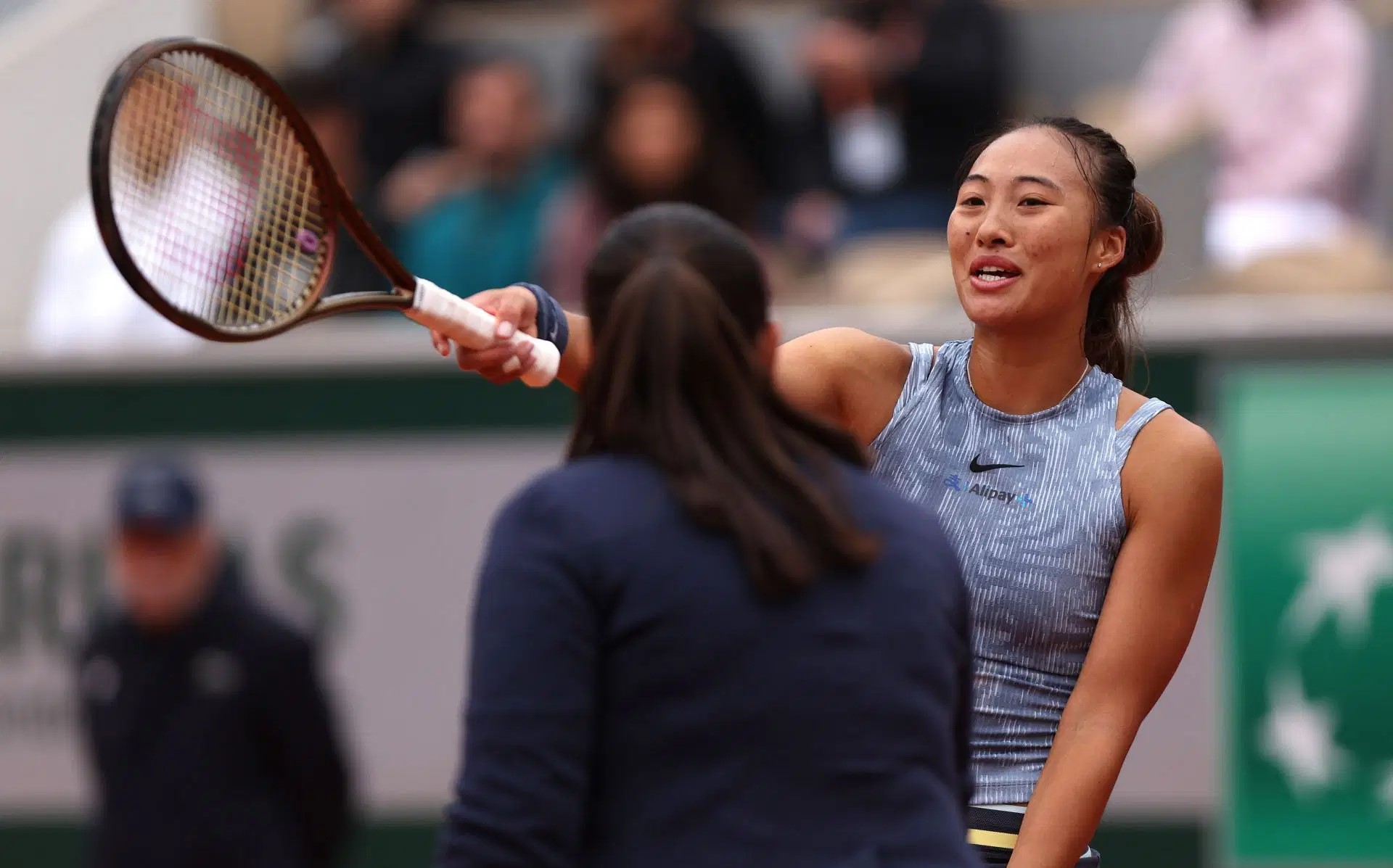
Proponents of relying on laterite marks for penalties argue that the reliability of Hawkeye's technology is questionable, and that the dynamic nature of laterite pitches can lead to Hawkeye misjudgments, such as ball marks being misjudged as out of bounds when the soil is soft, and the opposite is true for hard soil. In addition, there is a clash of cultures, and the elimination of manual penalties can undermine the traditional character of clay tournaments and even spark resistance among spectators and players.
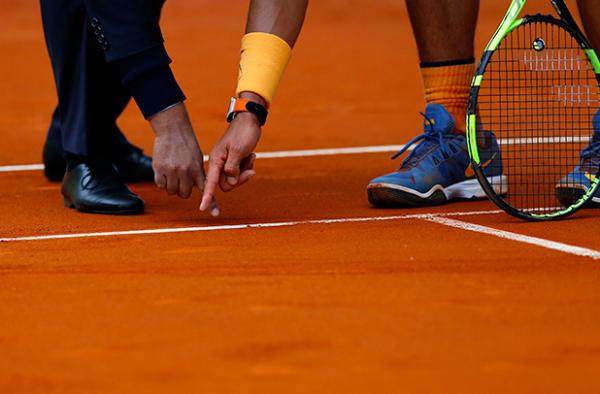
Whether it is Eagle Eye or Ball Print, it is necessary to find a balance between the two in the future, such as in terms of technology: first, upgrade the dynamic calibration system to adjust the Eagle Eye algorithm according to the real-time environment (such as humidity and temperature) of the laterite field to reduce errors; Secondly, the introduction of multi-modal penalties, combined with hawkeye and high-speed camera playback, assists the referee to confirm the position of the ball mark, rather than completely replacing the manual. In terms of rules, the referee is allowed to overturn the electronic decision, and the referee is given the power to change the decision when there is a clear error (e.g. the difference between the ball mark and the electronic result is more than 5 cm); In addition, it is also necessary to limit the number of challenges, referring to the "three challenge rules" for hard and grass competitions to balance fairness and smoothness of the game. In the short term, Hawkeye technology can be piloted in non-Grand Slam clay tournaments to collect data and optimize the system; In the long term, the legal net will need to find a balance between tradition and change, such as retaining some manual penalties and introducing technical assistance.
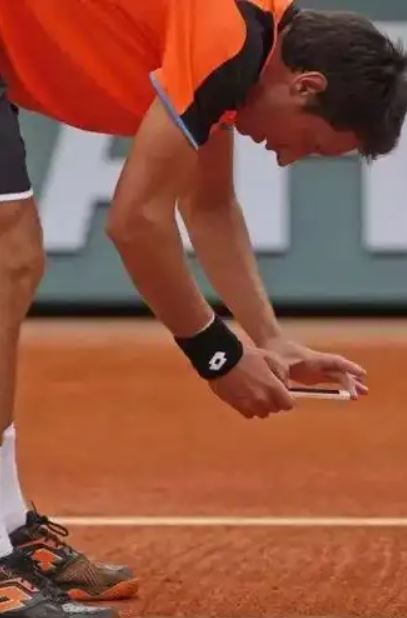
The penalty controversy on clay is essentially a collision between technical rationality and humanistic tradition. The introduction of Hawkeye technology is not a panacea, but the "fairness first" philosophy it represents is gradually breaking down the conservative barriers of clay events. Reform is a necessity when players lose their wins due to misjudgements and spectators question the credibility of the tournament due to controversy. Perhaps the clay court of the future will present a hybrid model: the eagle eye is responsible for "precision" and the artificial retention of "temperature", and the combination of the two will eventually redefine the fairness and spectacle of the sport.(Source: Tennis Home Author: Xiaodi)







 Links
Links
 Contact
Contact
 App
App


